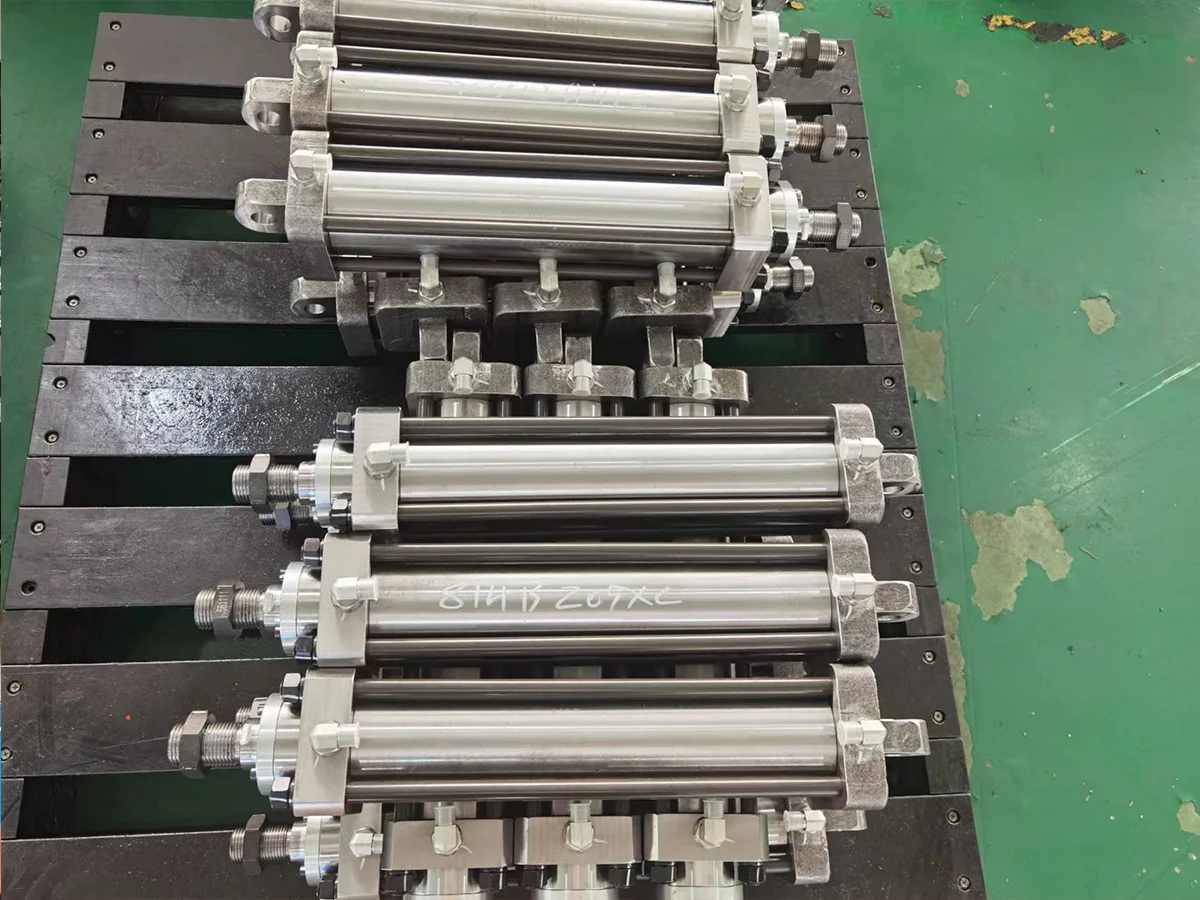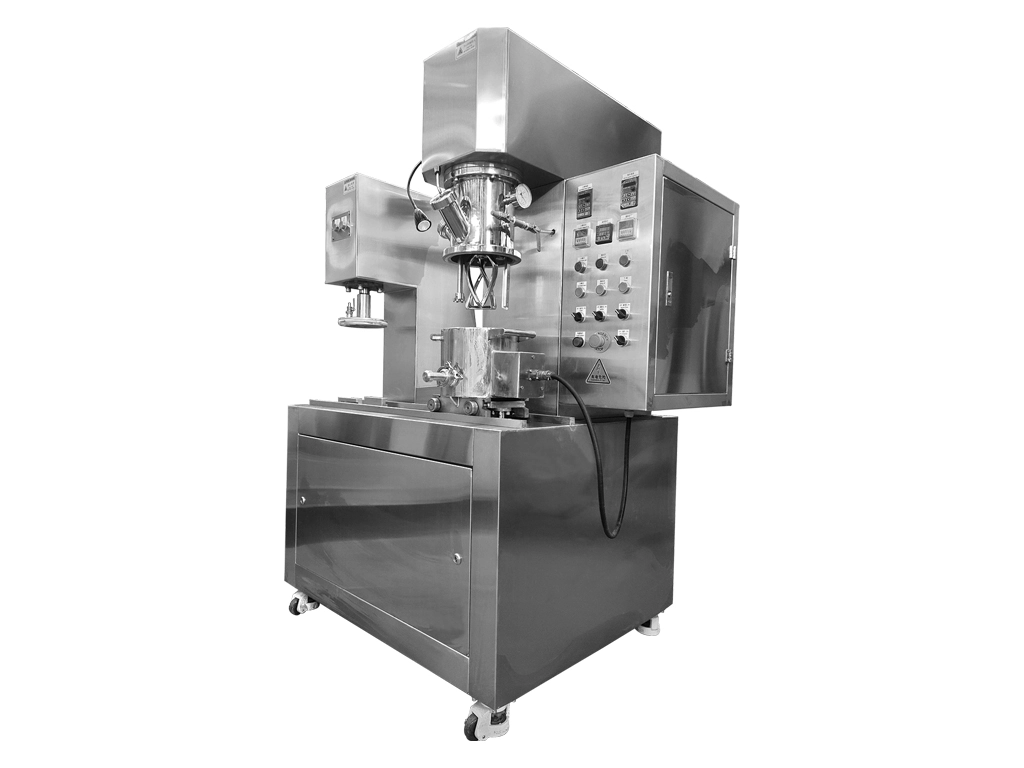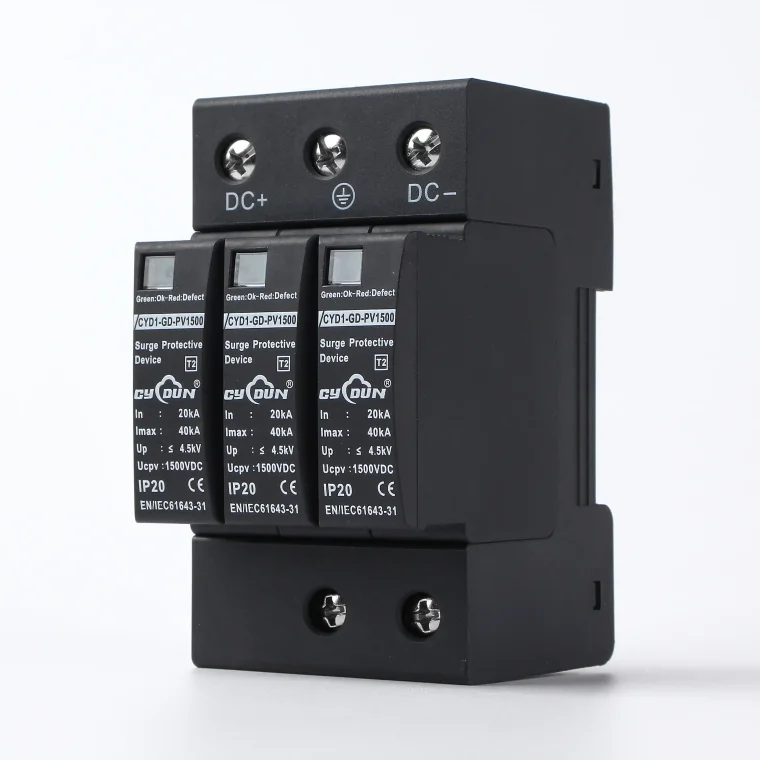Material selection of tie rod hydraulic cylinder

The tie rod hydraulic cylinder is a commonly used hydraulic transmission device and is widely used in various mechanical equipment. Its main function is to convert hydraulic energy into mechanical energy, using hydraulic force to push the piston movement, thereby realizing the movement and control of mechanical equipment. This conversion process puts forward specific requirements for materials, including high strength and good wear resistance. , corrosion resistance, and in some cases heat and low-temperature resistance. Therefore, choosing the right material is crucial to ensure the long-term stable operation of the tie rod hydraulic cylinder.

First of all, the material selection of the tie rod hydraulic cylinder needs to take into account the characteristics of its working environment. Different working environments have different requirements for materials. For example, if a hydraulic cylinder needs to operate in a high-temperature environment, the material's high-temperature resistance becomes an important consideration. Common high-temperature materials include stainless steel, chromium-molybdenum steel, etc. These materials have good high-temperature resistance and oxidation resistance and can maintain good performance stability in high-temperature environments.
Secondly, the material selection of the tie rod hydraulic cylinder also needs to take into account its working pressure and load requirements. Different working pressure and load requirements have certain requirements on the strength and hardness of materials. Generally speaking, the material of the tie rod hydraulic cylinder should have high strength and hardness to ensure its working stability and safety under high pressure and large load. Common high-strength materials include carbon steel, alloy steel, etc. These materials have high strength and hardness and can meet high operating pressure and load requirements.
In addition, the material selection of the tie rod hydraulic cylinder also needs to take into account its corrosion resistance. In some special working environments, hydraulic cylinders may be exposed to corrosive media, such as acids, alkalis, etc. Therefore, the corrosion resistance of the material is also an important consideration. Common corrosion-resistant materials include stainless steel, copper alloy, etc. These materials have good corrosion resistance and can maintain good performance stability in corrosive media.
Finally, the material selection for the tie rod hydraulic cylinder also needs to take into account its manufacturing cost and processability. Different materials have different manufacturing costs and processability. Generally speaking, materials that are cheaper to manufacture and easier to process are preferred by manufacturers. Common low-cost and easy-to-process materials include carbon steel, aluminum alloy, etc. These materials have lower manufacturing costs and better processability, which can reduce manufacturing costs and improve production efficiency.
In addition, modern industry has increasingly strict environmental protection requirements. Therefore, when selecting materials, it is also necessary to consider the possibility of recycling and their impact on the environment. For example, although some high-performance alloys have excellent properties, they are difficult to recycle, which limits their application scope to a certain extent.
To sum up, the material selection of the tie rod hydraulic cylinder needs to comprehensively consider factors such as working environment characteristics, working pressure and load requirements, corrosion resistance, manufacturing cost and processability. Only by selecting appropriate materials can the working stability, safety and economy of the tie rod hydraulic cylinder be ensured. Therefore, when designing and manufacturing tie rod hydraulic cylinders, appropriate materials should be selected based on specific working conditions and requirements to meet the needs of practical applications.
How to choose a quality tie rod cylinder manufacturer: key strategies and considerations
Protect your investment: effective anti-corrosion measures for tie rod cylinders
Hydraulic tie rod cylinder sealing technology: the key to optimized performance and extended life
Detailed explanation of precautions and operating procedures for safe use of tie rod cylinders
Factors and analysis affecting the price of tie rod cylinders
Material selection for tie rod cylinders: a balance between performance and application
tie rod cylinder and welded cylinder, which one to choose?
Key factors in selecting tie rod cylinder size specifications
Analysis of the working environment of tie rod cylinder
The history and future development trends of tie rod cylinder
Sealing structure and application of tie rod cylinder
Matching and application of tie rod cylinder in hydraulic system
Application of tie rod cylinder in automobile manufacturing field
Tie rod cylinder manufacturing and quality control
The market and application prospects of tie rod cylinders
Why are tie rod hydraulic cylinders so popular?
What are the applications of tie rod hydraulic cylinders?
How to choose the right tie rod hydraulic cylinder
Detailed guide to the care and maintenance of tie rod hydraulic cylinders
How to choose the appropriate tie rod hydraulic cylinder size?
How to prevent corrosion of tie rod hydraulic cylinder?
mia
peterchen@jinhai.cn



